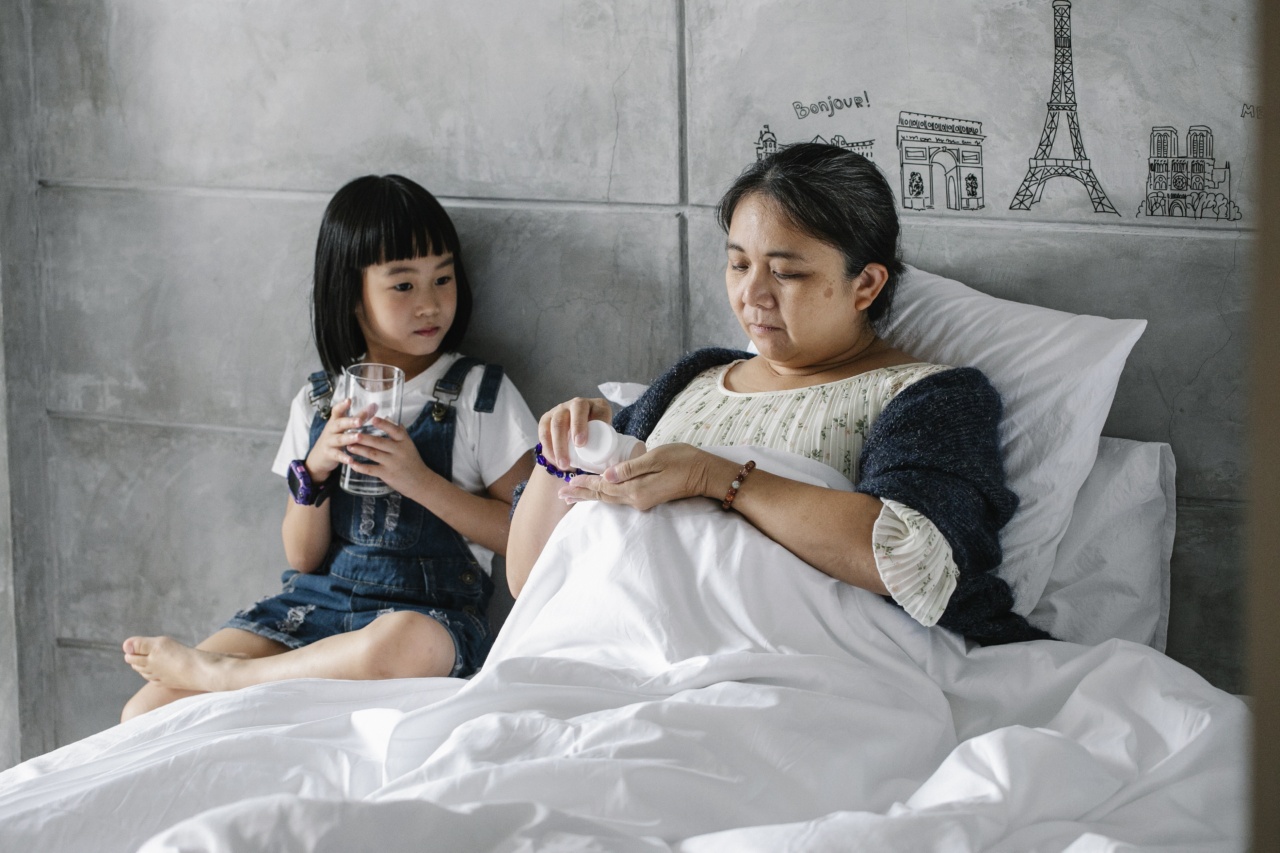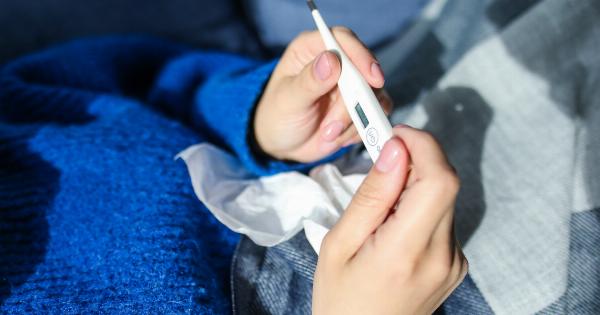When flu season hits, parents all over the world worry about the health and well-being of their children. The flu can be particularly harmful to young children due to their underdeveloped immune systems.
It’s crucial for parents to know the right approach to treating flu in children to ensure a speedy recovery and minimize complications. In this article, we will explore the best strategies and treatments for combating the flu virus in children.
Understanding the flu
The flu, or influenza, is a highly contagious viral infection that primarily affects the respiratory system. It spreads easily through respiratory droplets when infected individuals cough, sneeze, or talk.
Children, especially those between the ages of 6 months and 5 years, are particularly vulnerable to the flu due to their weaker immune systems and increased exposure in schools and daycare facilities.
Recognizing flu symptoms
Recognizing the symptoms of the flu is crucial for early detection and effective treatment. Common flu symptoms in children include:.
- Fever (often high)
- Cough
- Sore throat
- Runny or stuffy nose
- Muscle or body aches
- Headache
- Fatigue
- Vomiting and diarrhea (more common in young children)
It’s essential to differentiate between the flu and other respiratory illnesses, such as the common cold, as the flu requires specific treatment strategies.
Seeking medical advice
When your child shows flu symptoms, it is wise to consult a healthcare professional for guidance. They can provide an accurate diagnosis and determine the best treatment plan based on your child’s age, overall health, and severity of symptoms.
Medical advice is especially important when your child is at high risk of flu complications, such as those with chronic medical conditions.
Rest and hydration
Resting is crucial for recovering from the flu. When a child has the flu, their body needs extra energy to fight off the virus. Ensure your child gets plenty of rest and avoids strenuous activities until they have fully recovered.
Adequate hydration is equally important, as fever and respiratory symptoms can lead to increased fluid loss. Offer your child plenty of fluids such as water, clear broth, or oral rehydration solutions.
Over-the-counter medications
Over-the-counter (OTC) medications can help relieve some flu symptoms in children. However, it’s important to remember that these medications do not cure the flu but provide temporary relief.
Avoid giving aspirin to children or teenagers recovering from the flu, as it can increase the risk of a rare but serious condition called Reye’s syndrome. Instead, use appropriate OTC medications, such as acetaminophen or ibuprofen, to manage fever, aches, and pains. Always consult a healthcare professional to determine the correct dosage for your child.
Antiviral medications
In some cases, healthcare professionals may prescribe antiviral medications to treat the flu in children. These medications can shorten the duration of illness and reduce the risk of complications.
Antivirals are most effective when administered within 48 hours of symptom onset, so seeking prompt medical attention is crucial. However, it’s important to note that antiviral medications are not suitable for all children, so their use should be determined by a healthcare professional.
Preventing flu through vaccination
One of the most effective ways to prevent flu in children is through annual flu vaccination. The flu vaccine can significantly reduce the risk of contracting the virus and lessen the severity of symptoms if infection occurs.
Vaccination is recommended for children aged 6 months and older, particularly those at high risk of complications. It’s important for parents to ensure their children receive the flu shot each year and stay up to date with the recommended immunization schedule.
Encouraging good hygiene practices
Teaching children good hygiene practices is essential for preventing the spread of the flu virus. Encourage your child to:.
- Wash their hands frequently with soap and water for at least 20 seconds
- Cover their mouth and nose with a tissue or elbow when coughing or sneezing
- Avoid touching their face, especially the mouth, nose, and eyes
- Stay away from individuals who are sick
- Use hand sanitizers when soap and water are unavailable
These simple practices can go a long way in reducing the risk of flu transmission and keeping your child healthy.
When to seek emergency care
While most cases of flu in children can be managed at home, certain symptoms warrant immediate medical attention. Seek emergency care if your child experiences:.
- Difficulty breathing or rapid breathing
- Bluish skin color
- Chest pain or pressure
- Severe dehydration (dry mouth, significantly decreased urination)
- Confusion or altered mental state
- Seizures
- Severe or persistent vomiting
- Worsening of symptoms despite initial improvement
These symptoms may indicate severe complications of the flu and require immediate medical attention.
Conclusion
Treating the flu in children requires a combination of resting, staying hydrated, and seeking appropriate medical advice.
While over-the-counter medications and antivirals can provide relief and shorten the duration of illness, prevention through annual flu vaccination and good hygiene practices is key. By following the right approach in treating and preventing the flu, parents can minimize the impact of the virus on their children’s health.


























